Introduction
We are so fortunate that we have real heroes of nation that continuously encourage youth. One of such hero of all time was the king of Mewar who kept his kingdom unconquered through his military skills. He was none other than Maharana Pratap, the protector of Mewar.
Maharana Pratap History is very important in the History of India. He makes us realize the importance of freedom, and we should fight for it. Furthermore, he was always an ideal person who sacrificed his whole life for the nation.
Let’s start with the meaning of Maharana,
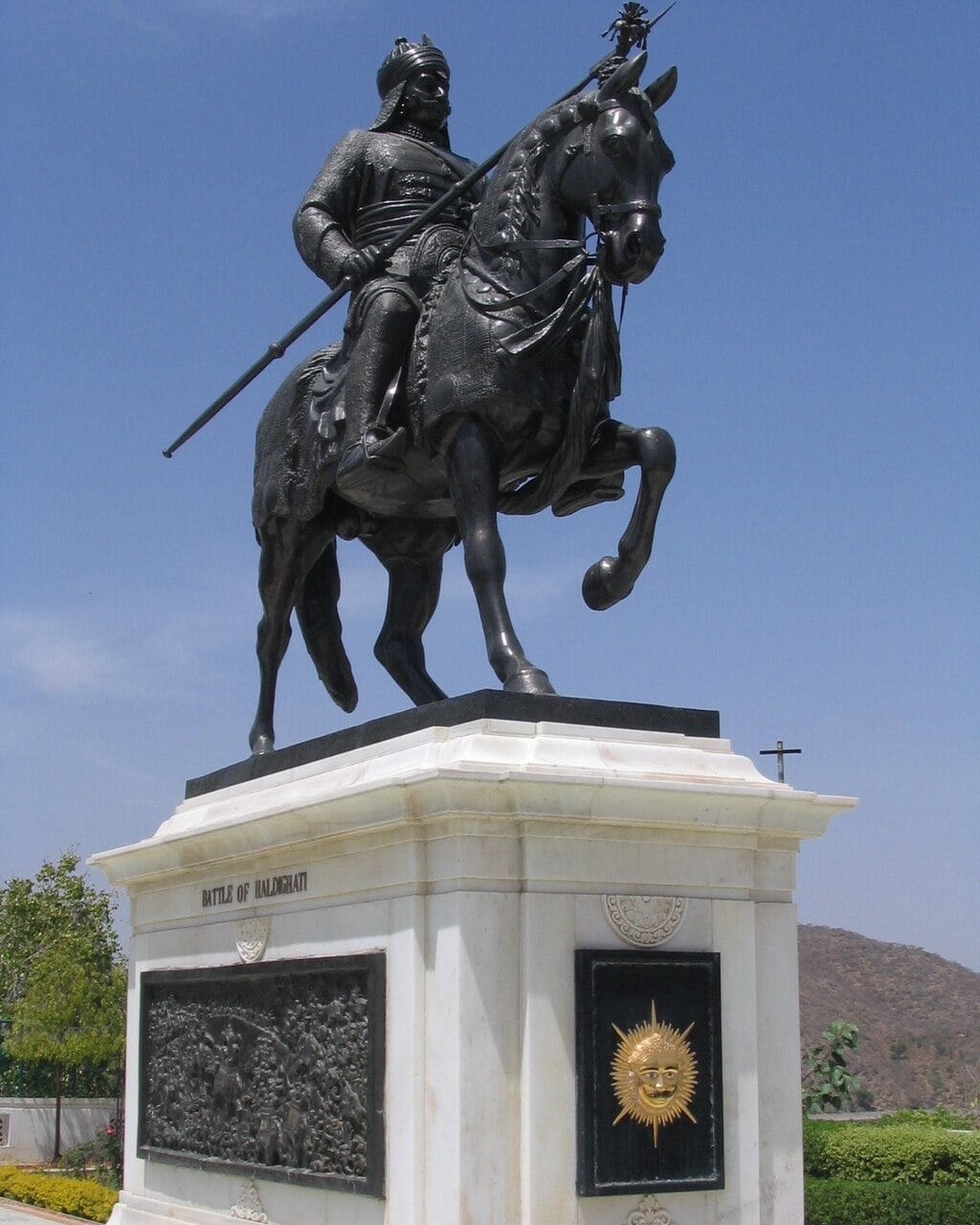
Maharana was a Rajaputi title used for kings in Rajasthan, assumed as a sign of pride, perseverance, and gallantry.
Not only during the British era, but from ancient times, Rajput heroes fought for their freedom of motherland, and self-pride. Hence, Rajasthan was known for the land of heroes.
Therefore, the History of India remains incomplete without reading the History of Rajasthan. Mewar was a historical state ruled by the Sisodia dynasty during the medieval period.
Sisodiya Dynasty
Most noteworthy, the origin of the Sisodia dynasty in Rajasthan was assumed as dynasty from Prabhu Shri Ram in Ramayana. The State of Mewar was famous during the reign of Maharana Kumbha, Maharana Ratan Singh, Maharana Pratap. Maharana Pratap Singh was a very popular and famous freedom fighter in the History of India.
Childhood
The Cold War with Envious Traitors
As expected, Pratap was very valiant from his childhood. His stepmother always tried to keep Pratap away from the throne.
Pratap was very humble, brave, and his clean character made him very popular among people. Because of his popularity, envious people always tried to kill him.
There were also traitors inside his family. They always tried to remain anonymous. Pratap had so much faith in his family. The name of his brother was Shakti Singh. Shakti Singh was always jealous of the skills, prowess, and courage of Pratap.
The first battle of Pratap
Likewise, Pratap was always enthusiastic about battles, and he fought his first battle when he was just 14 years old.
Marriage
According to tradition, Pratap married Ajabdi Baisa in childhood. Ajabdi Bai was the daughter of a commander in the durbar of Udai Singh II. Pratap had to marry several times in his life for political alliance.
Locals believed he had married eight times. It helped him to have good relations with neighboring Rajput provinces. Like, he married Phool Kanwar Baisa of Marwar.
Among eight, Ajabdi Bai and Phool Kanwar Bai were most popular. After the attack of Akbar on Chittorgarh fort, it is believed that Phool Kanwar Baisa was done Jauhar in 1567 CE.
Battles Fought by Maharana Pratap
Maharana Pratap had fought many small battles, but he remembered especially for his battle of Haldighati. He showed unimaginable prowess in this battle. Though he did not fight in Chittorgarh battle, he still played an undeniable part while defending the fort.
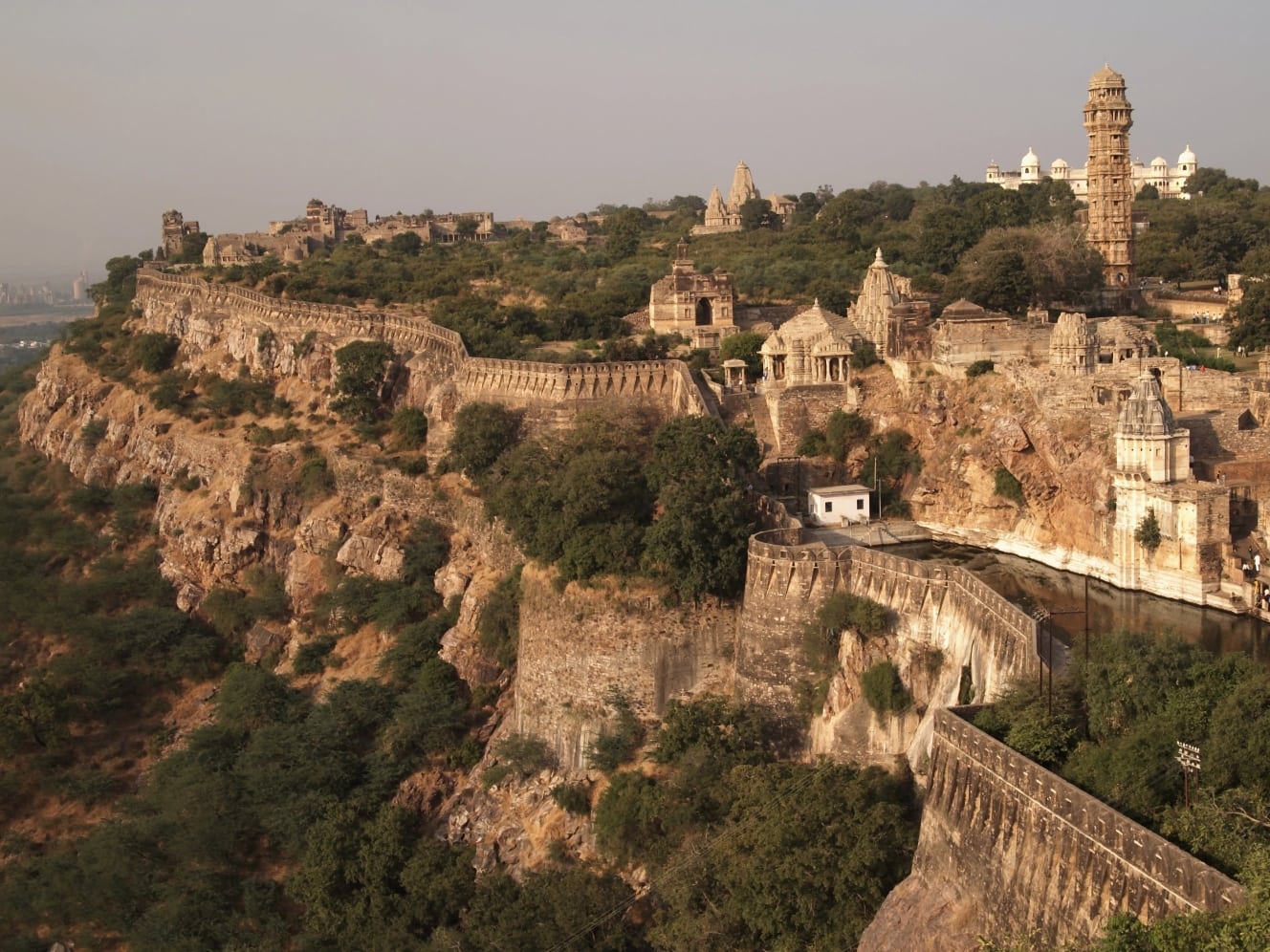
Battle of Chittorgarh
The encirclement of Chittorgarh by Mughal troops in 1568 is one of the big battles of Maharana Pratap. Due to lack of food supply for a long time, worsen the conditions inside the fort.
So, instead of dying due to lack of food, Pratap and his troops decided to fight against Mughal. The Rajput community referred to it as “Saka”. In the battle, Mughal troops were several times the Rajput troops.
According to Rajput trend, they believed one Rajput was not fear of death, but even after death struggle should continue.
Following this trend, all ministers did not allow Pratap and Maharana Udaisingh to participate in direct war.
Other ministers and troops fought the battle furiously, due to the number difference, they had to face defeat. However, intelligent court officers had already relocated the Royal family to the Udaigarh fort.
Though Chittorgarh did not remain in the kingdom of Udaisingh. There were still some areas around the Aravali hills that were part of his kingdom.
Father of Pratap, Maharana Udai Singh, made Udaigarh fort to control the region during his early reign.
As a prince, Pratap took responsibility to restart the journey of freedom. Now Udaigarh became the new capital of the Mewar kingdom.
Glorious Johar Kund & Brave Women who remained Unconquered
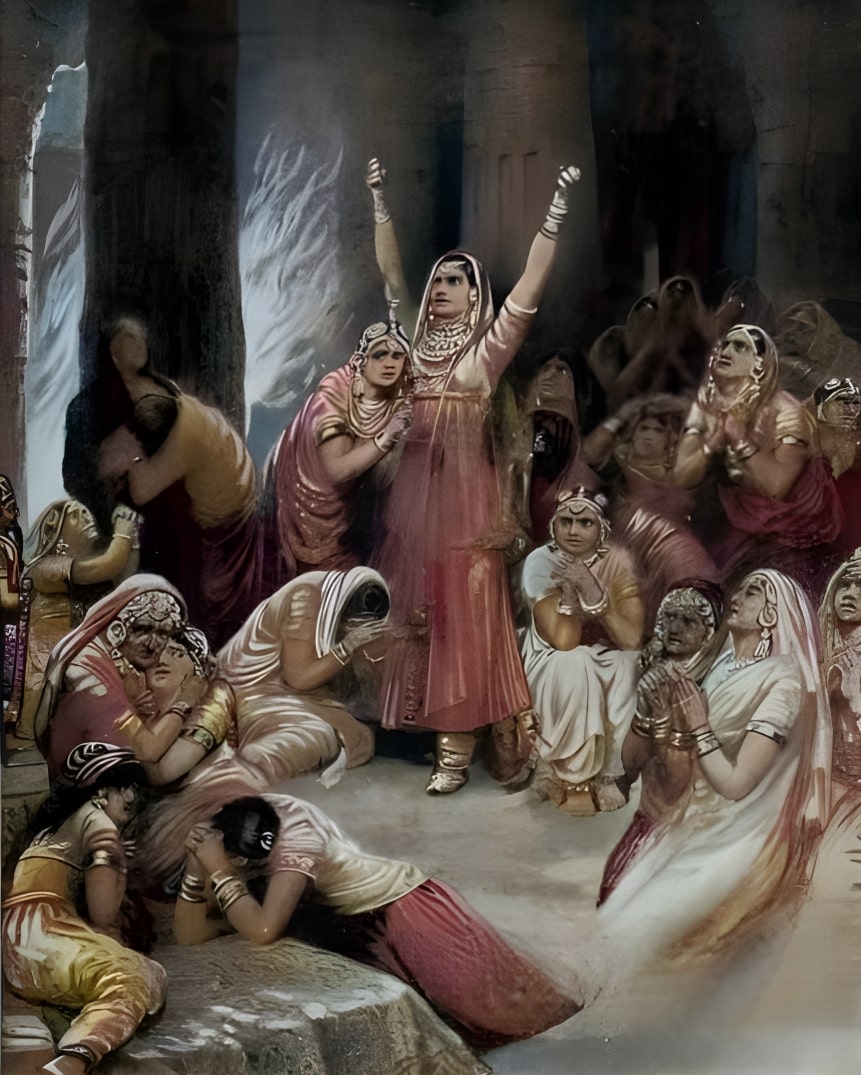
Wives of courtiers and their maids jumped into the fire well. Rajput royal people made this tradition because of tyrannic behavior that used to happen after losing a war. According to Rajput royal tradition, they called it “Johar”. They sacrificed their lives to keep their self-esteem, pride, and cherished principles.
As mentioned in History, inside the Chittorgarh fort there were around 30,000 people slaughtered. After this war, the emergency royal treasury was used to prepare new troops, purchase new weapons, and develop their new capital.
According to some people and books, they give the title Akbar-The Great. I want to ask those people was Akbar really great? If he was really great, then why did he kill those innocent people?
In particular, I especially want to mention that, despite being cruel, some people wrote books that were written to make Akbar so great. Like the biography of Akbar, Akbarnama was written by the court historian, Abul Fazl.
Now please you decide, had Akbar given him the freedom to write anything he wants? Of course, as it was his autobiography, but still, if he did anything wrong, it should be mentioned in the book.
So, if we really get into the depth of Indian History, then you will conclude, Akbar-The Peak of Cruelty and Maharana Pratap – The Great.
Real History has always remained hidden from the world. We really need to disclose real history before actual evidence vanishes.
Battle of Haldighati
Akbar always wanted to bow down Maharana Pratap in front of him. He sent several Rajput envoys to Udaipur durbar to convince Pratap. Every time he refused to come under the Mughal influence with some arguments.
Akbar had planned to separate Rajputs and use them in the upcoming battles as a chess piece. As he realized that’s not possible, he declared war against Maharana Pratap.
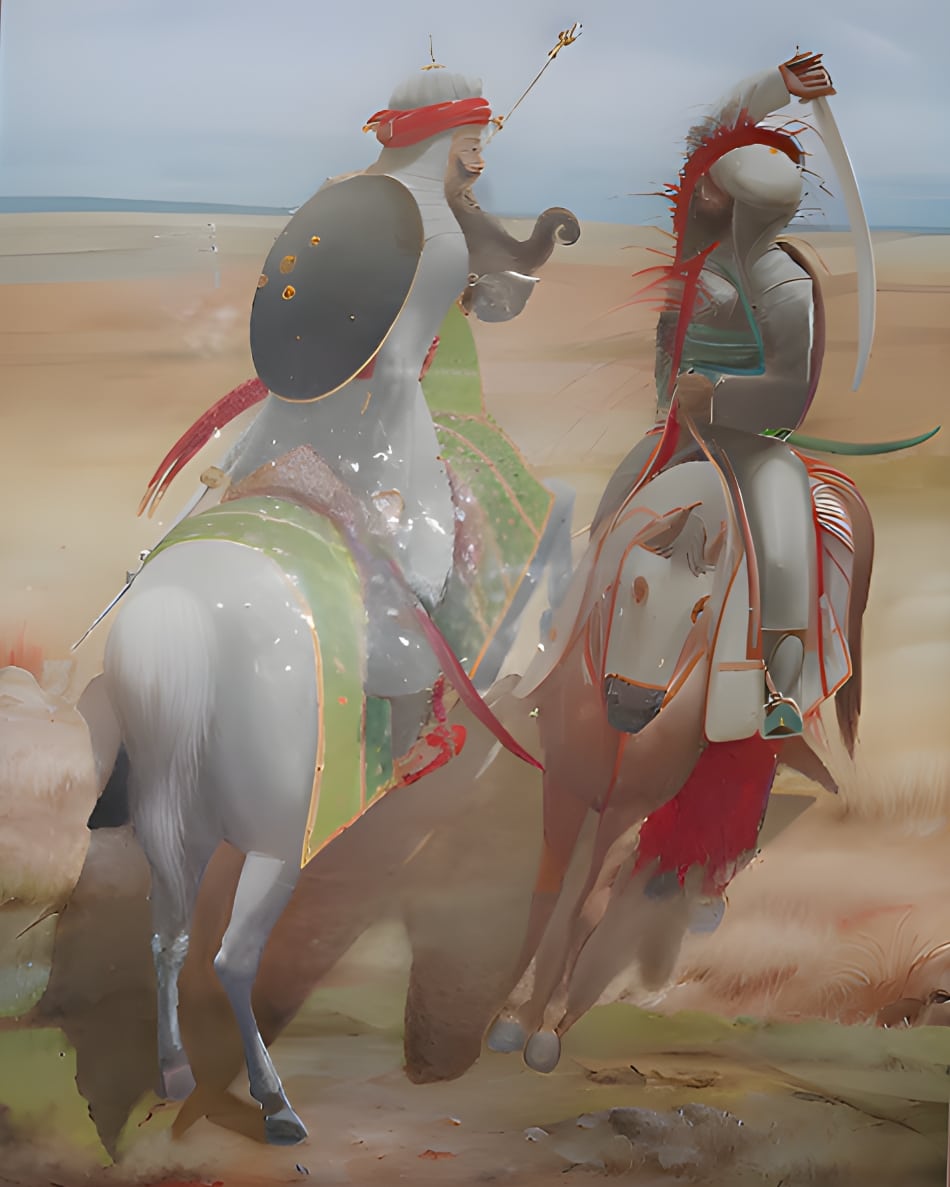
Why is it named as Haldighati Battlefield?
They named Haldighati after the yellow land, which appears like the color of turmeric and turmeric. Turmeric is called “Haladi” in Hindi. One more feature of this land is well-known for its hilly area. Hilly areas are known with the word “Ghati.” Hence, it’s called Haldighati. Because war happened in a hilly place that avoided direct confrontation during war.
Maharana Pratap knew they did not have a large number of troops, so he planned to fight that battle in the Haldighati area. This war technique was known as Guerrilla Warfare. Later, these enemy war tactics were called Ganimi Kava in Marathi. Later, this technique of war was much more successfully used by Chhatrapati Shivaji Bhosale against the Mughals.
Importance of Udaipur
The Udaipur Fort was difficult to capture. Because on all sides of Udaipur there were hills surrounding it. It’s made the fort naturally difficult to conquer. Haldighati was also located in these hills.
Forces leaders & commanders
Haldighati Battle is one of the famous battles fought by Maharana Pratap and Akbar. Man Singh-I led Mughals on behalf of Akbar. The battle began on 18th June 1576.
Maharana Pratap and his colleagues commanded Rajput forces. In contrast, Man Singh-I commanded Mughal forces.
Hakkim Khan Suri, Bhim Singh Dodiya, Ramdas Rathor, Bida Jhala, Bhama Shah, Ram Shah Tonwar, Tarachand, and Bhill Archer commander Punja were knights on the side of Maharana Pratap.
Hakkim Khan Suri was a Pathans from Iran. He had to take revenge on the Mughals, regarding his forefather.
Importance of Haldighati battle in Indian History
It is an ideal example of Hindu and Muslim joint struggle against the demonic Mughal rule. Haldighati was a hill where at most two people could pass through that pass, which was likely a favorable condition for Pratap.
Maharana Pratap fought that battle with courage. According to IndianHistorians, he had probably around 3400 troops and the Mughals had around 10,000 troops.
Attack of Maharana Pratap on Man Singh
Certainly, there was one incident that came when Maharana Pratap’s loyal horse named “Chetak” climbed on with its hooves on the proboscis of a war elephant of Man Singh-I, Pratap used to attack Mann Singh-I with a spear, but his stroke hit the elephant driver instead.
This attack was so powerful that the spear went through an elephant driver and pierced into umbrella of Man Singh-I. His luck saved Chief General Man Singh-I. For the second attack, there was no time for Maharana Pratap because Mughal forces encircled him.
Instantaneously, a similar looking soldier, Bida Jhala replaced Maharana Pratap. Bida Jhala took royal crown from Maharana quickly and told him to escape from the battlefield.
As Maharana Pratap had to continue his campaign against Mughal, he escaped from the battlefield in a fully wounded situation.
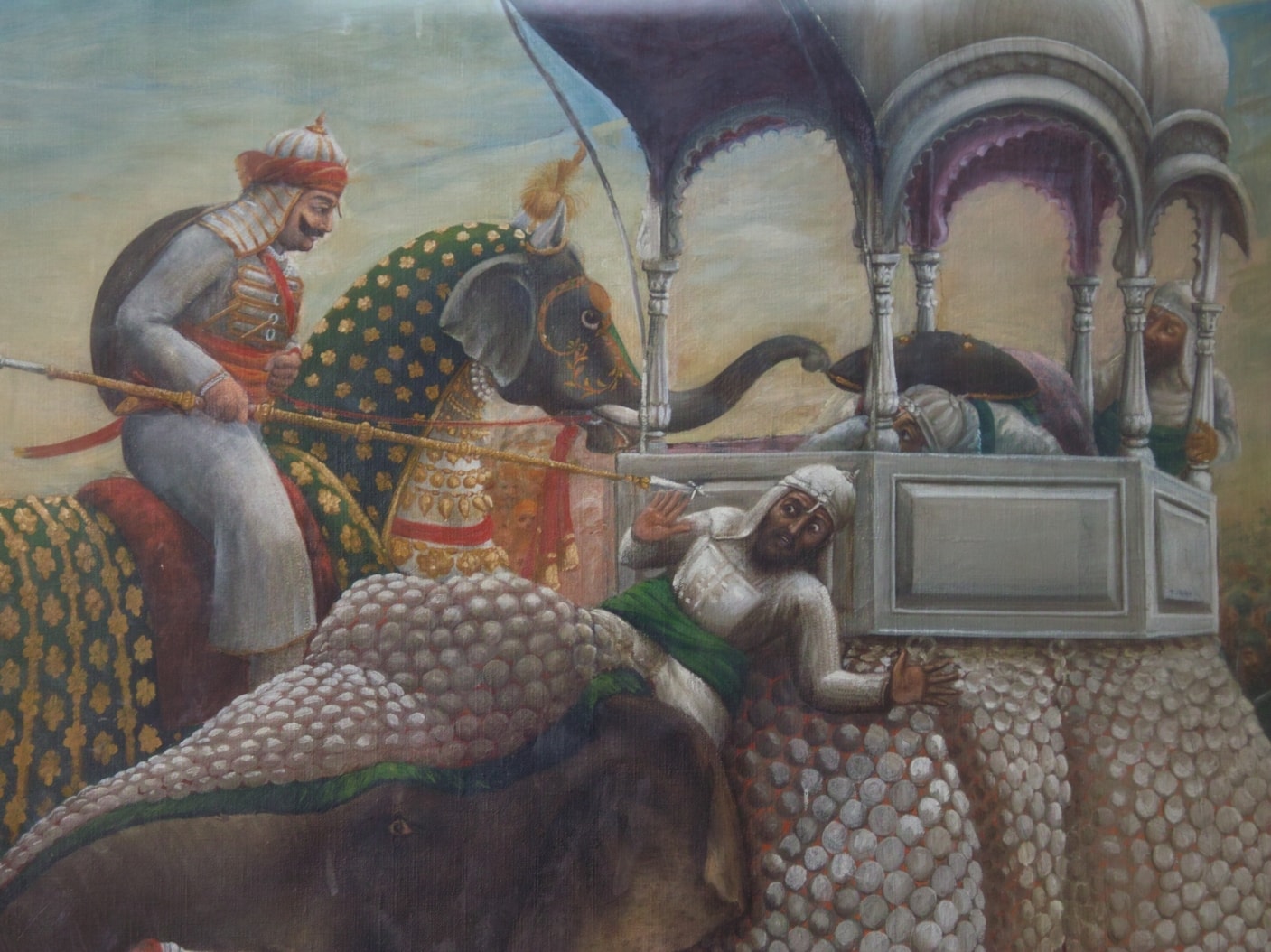
Loyal Chetak: The companion Horse of Pratap
While riding a horse out of battle, some Mughal troops followed Rana Pratap. Here came an incident regarding his faithful, loyal horse. A horse popularly known as “Chetak”. In battles, in order to take down horse-riders, it was very common to attack horses, elephants, camels.
The Mughal forces also attacked Chetak several times during the war. Hence, Chetak also totally gets injured during battle. One leg of Chetak was seriously wounded and unable to bear his own weight anymore. At that time, he really needed attention and rest to recover.
Showing intellect and forgetting excruciating pain, Chetak carried his master Pratap, when he was unconscious. Chetak carried at least 2 miles away from Haldighati battlefield.
After that, Chetak crossed a flooded river by jumping over it and saved its master. But, Chetak fell down and died due to that extreme step.
At this incident, Maharana Pratap sorrowed because Chetak was his favorite colleague from the start of his journey. As a result of the war, Pratap took shelter and lived in the hilly area for some time. But, Rana used Guerrilla Warfare techniques and continued the battle with the Mughals.
The dynasty of Maharana Pratap had one secret treasury protector from his ancestors. His name was Bhamasha Kawadiya, who protected the royal treasury from several generations. The ancestors of Mewad did that to face and recover from such a critical situation.
Agenda of Akbar behind Haldighati battle
Certainly, Akbar wanted to kill or capture Maharana Pratap. He wanted to capture Udaipur because it came under a trading path from Gujarat to Delhi.
Practically, Mughals won the battle at the end, but they got nothing out of it. As certainly, Maharana Pratap had totally destroyed the aims of Akbar. You probably asked why? As an answer to the first wish, I don’t need to tell, right?
Still I want to clarify that how the wishes of Akbar remained unfulfilled.
In a very short period of time, Maharana Pratap again captured several forts and Udaigarh fort under his control.
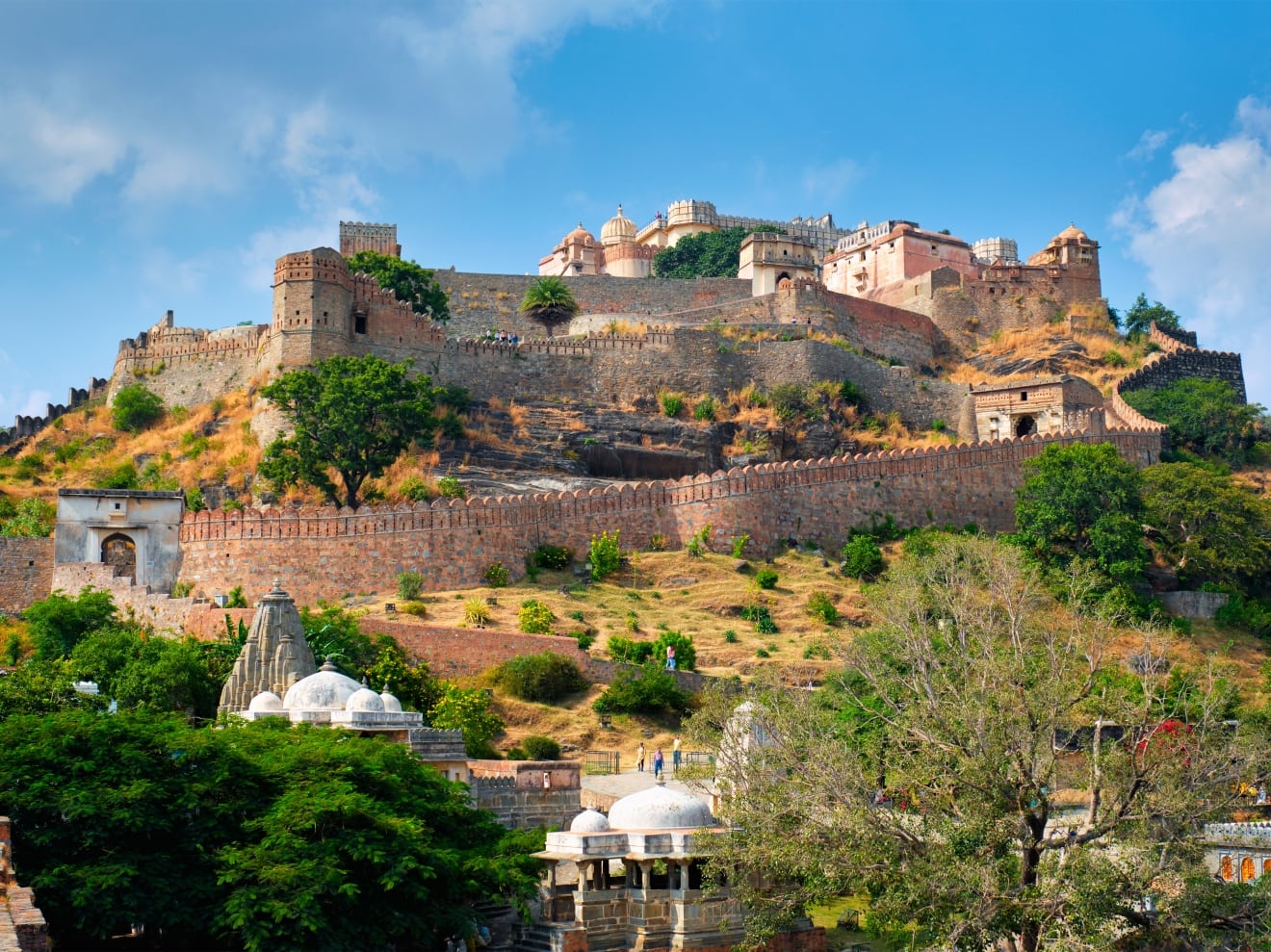
Death and Legacy of Maharana Pratap
Brave ruler Maharana Pratap left lasting impact on history of India. He was known for his valor and his unwavering commitment to his kingdom, Mewar. Pratap fought valiantly against the Mughal Emperor Akbar in the famous Battle of Haldighati.
Despite being outnumbered in Haldighati battle, the determination of Maharana Pratap inspired his soldiers to fight till the end.
Even though he lost the battle, his legacy of bravery and resilience lives on. Despite numerous setbacks, the courageous spirit of Pratap never wavered.
Historian John Keay said, “The death of Pratap was a blow to the Rajput community, but his legacy remains as a symbol of bravery and patriotism.”
A son of Maharana Pratap, Amar Singh, succeeded him as the ruler of Mewar after his death on January 29, 1597 CE.
He continued his father’s mission and fought against the Mughals to protect his kingdom. Amar Singh’s dedication to his father’s cause showed that the fight for freedom never dies.
Maharana Pratap’s legacy extends beyond his military achievements. His devotion to his people earned him the respect and admiration of his subjects. One of his famous quotes is, “I would rather die with honor than live in submission.” This quote captures his unyielding spirit and refusal to bow down to oppression.
Maharana Pratap is still remembered as a brave symbol of resistance against tyranny. His story is taught in schools, and his statues can be seen in various parts of India.
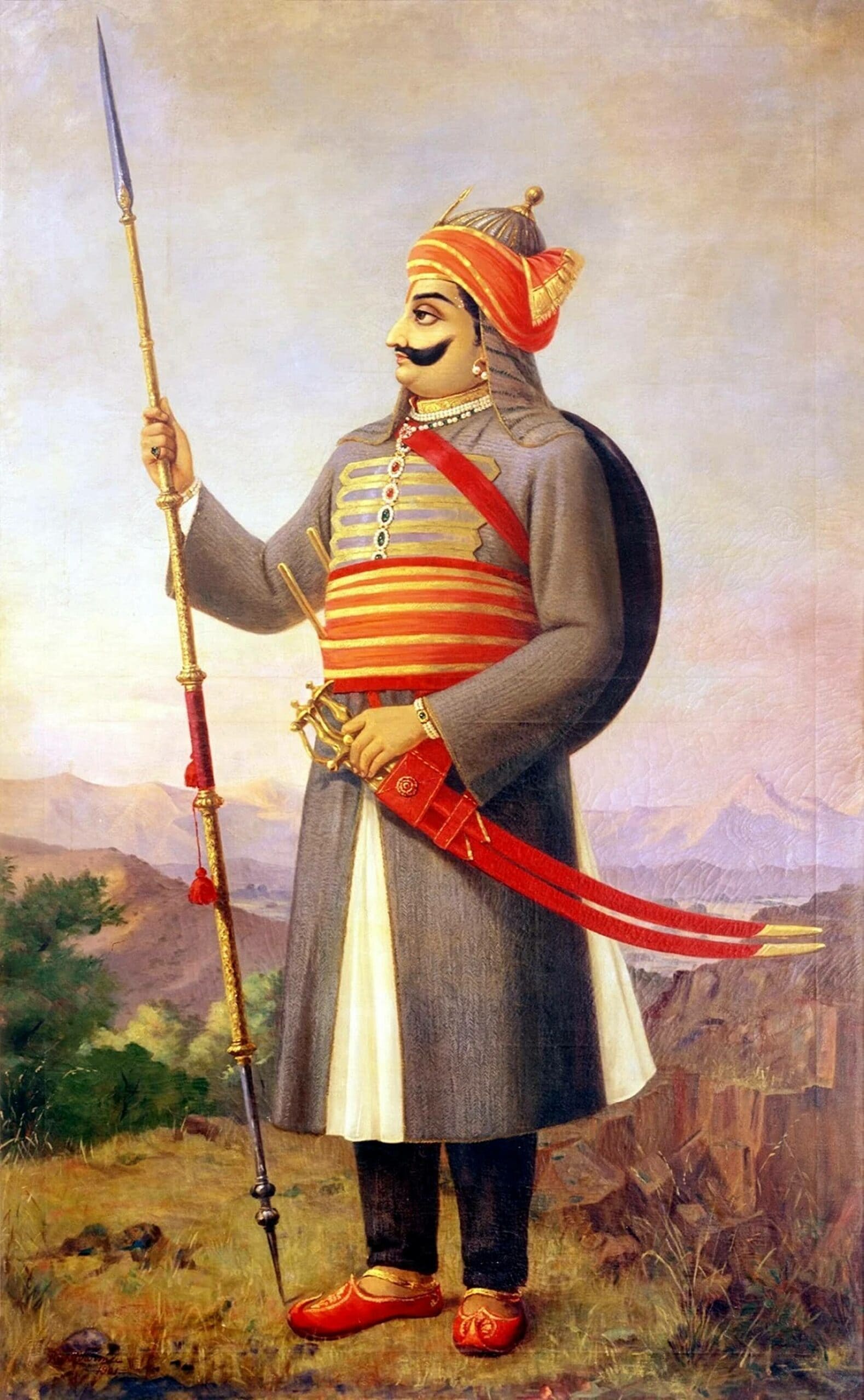
His death marked the end of an era, but his legacy continues to inspire generations to fight for what is right.
As the poet Ravindra Kaushik once said, “Legacy of Maharana Pratap continues to inspire generations with his indomitable spirit.”
As his famous quote suggests, he chose honor over submission, and his actions continue to inspire people to stand up for what they believe in.
Though physically gone, the spirit of Maharana Pratap still resonates in the hearts of people. His courage and determination in the face of adversity make him a true hero. He was forever immortalized in the pages of history.
Images Credits
- Featured Image: Painting of Maharana Pratap Singh
- Statue of Maharana Pratap of Mewar, Image Credit: Ankur Panchbudhe, Source: Flickr
- Chittorgarh Fort of Mewar
- Rajput Jauhar Ceremony Happened in 1567 CE, Image Credit: Ambrose Dudley, Source: Wikimedia
- The Sword of Maharana Pratap Cut Bahlol Khan Vertically in Battle of Dewair fought in 1582 CE, Image Credit: Suchi Sharma, Source: City Palace Museum, Udaipur
- Painting Depicting Maharana Pratap Throwing Spiked Spear Towards Man Singh, Image Credit: ArishG, Source: Wikimedia
- Fort of Kumbhalgarh – Capital of Maharana Pratap
- Maharana Pratap Holding Spear in Hand, Image Credit: Surendra Singh Shaktawat, Source: Wikimedia
About the Author
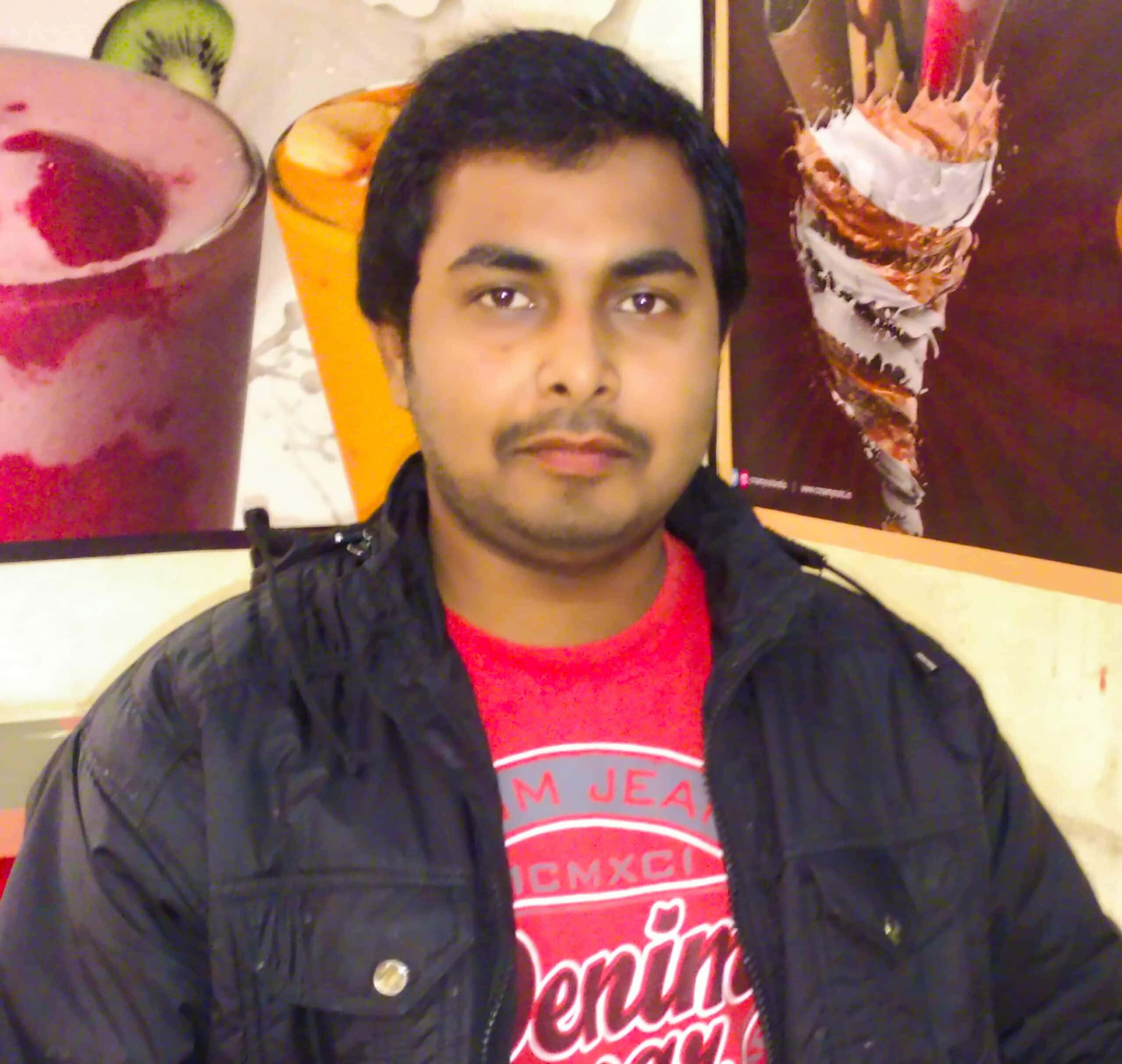
Ashish Salunke
Ashish is a skilled biographer and content writer specialized in crafting captivating historical narratives. Through HistoricNation, he skillfully merged his IT expertise with the art of storytelling.
